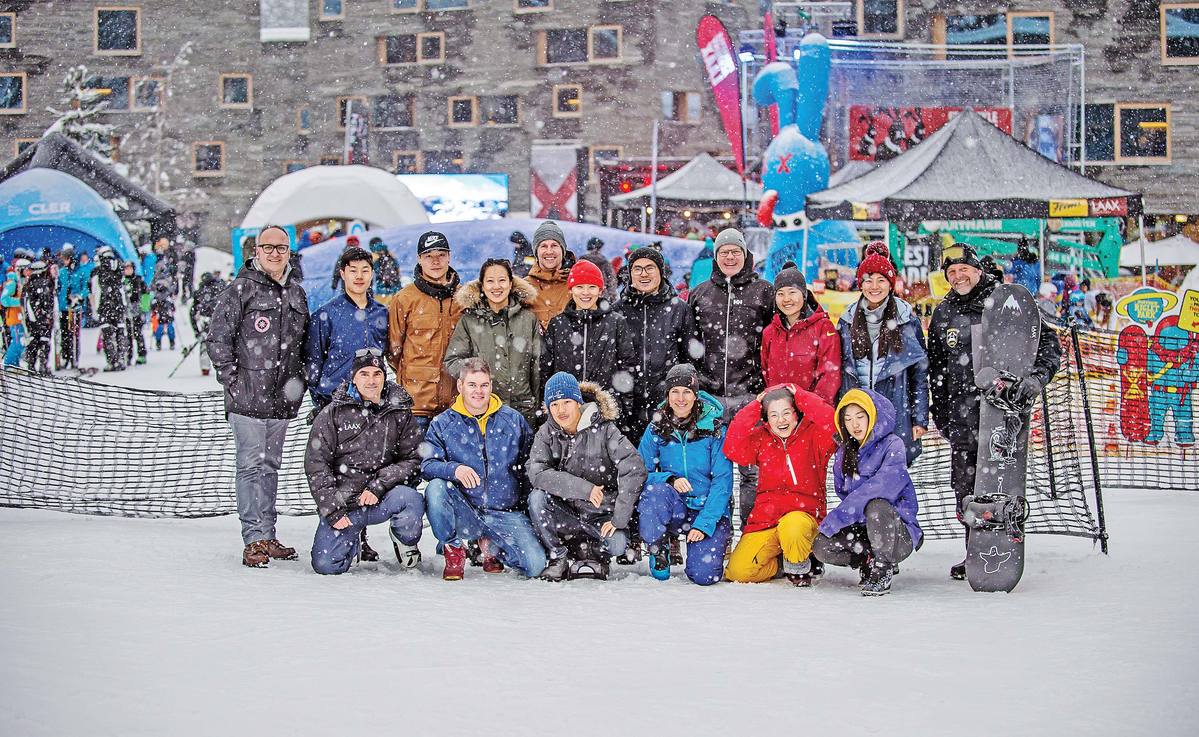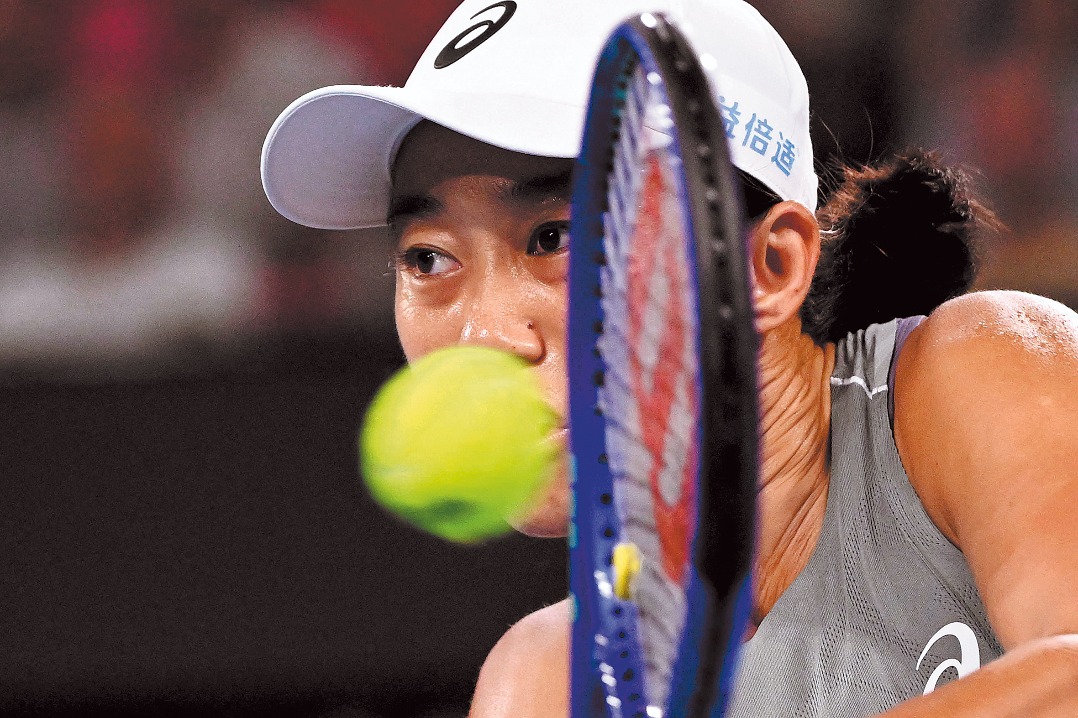China keeps resorts in the fast lane


Swiss ski resort Laax has focused its marketing on reaching such customers in China.
Laax hosted the Chinese Snowboard Halfpipe National Team in January and is due to welcome the Chinese Ski Halfpipe National Team this month. Recently, it began strategic cooperation with the Secret Garden ski resort in Chongli to further tap into the Chinese market.
Laax is also working to improve the way it caters to Chinese travelers, by upgrading its services in terms of language, customer service, and digitalization.
Christoph Schmidt, head of resort and services at Laax, said: “To make our guests’ stay convenient and pleasurable, we have provided Chinese information, a choice of Asian food, and options to use UnionPay payment.”
Schmidt said Laax has established its own independent communication channels, including on Youku and WeChat, in an attempt to better engage with the Chinese ski and snowboard community.
Arlt said Chinese skiers heading to Europe often book their holidays through travel operators, but often do not go as part of package tours.
“A minority is traveling fully independent, including Chinese living temporarily in Europe, who may have more opportunities to learn how to ski than Chinese in China,” he added.
The typical Chinese skier is at the beginner level, so he said it will be important for European ski resorts to convey to Chinese holidaymakers that their slopes are well-groomed and that easy and accessible slopes are available.
Emanuel Lehner-Telic, Asia regional manager for the Austrian National Tourist Office, said: “We have always communicated to potential Chinese travelers that we do not only have black slopes (the most advanced), but also red (intermediate) and blue ones (beginners).”
Chinese travelers don’t have the same tradition of taking part in a European ski holiday as Europeans, which makes it particularly important that overseas winter sports destinations market their ski slopes and facilities, and other non-skiing activities, efficiently, he said. And they might want to remember that Chinese tourists are likely to spend less time on the slopes and more time in the shops than their European counterparts.
Lehner-Telic said Chinese skiers visiting Austria tend to be in one of two distinct camps: those who are more experienced and “addicted” to the activity, and beginners who just want to sample skiing or snowboarding.
“The first group will be pretty similar to the skiers in Europe or the US,” he said.“The second group, which will be much larger than the first, will be trying skiing as part of their overseas-trip, maybe two or three days up in the mountains.”
The latter group will also be looking for more than solely snow activities and will expect to have access to spas, fresh air, good food, and shopping.
“The most important factors are an adequate length of stay, with a variety of activities apart from skiing, and good transfer-connection to the skiing region,” said Lehner-Telic.
In addition to looking to lure more Chinese skiers to their slopes, some European ski resorts have started seeing interest from Chinese investors.
Swiss-based hotel group Grace St Moritz Apartments is marketing property to Chinese buyers that will be ready in 2019. The real estate in the heart of the Alpine ski resort of St Moritz has received plenty of interest from China, a spokesman for the company said.
At the same time as Chinese skiers have become interested in European ski resorts, winter sports in China have grown massively in popularity. The 2017 China Ski Industry White Paper revealed that the number of skiers in China numbered around 12.1 million, which was up from the 11.33 million in 2016.
The number of ski resorts in China increased at a rate of 161 percent during the last seven years. The White Paper says there are now 703.
The site of the next Winter Olympics, Chongli, which is a four-hour drive from Beijing, already boasts a resort that can rival its European counterparts.
The Chinese government aims to raise the number of winter sports participants in China to 300 million by 2022. It estimates the value of the winter sports industry will reach 1 trillion yuan ($158.9 billion) by 2025.
“The reason they are so keen is because of the wider goal to grow the entire sports industry,” said Mark Dreyer, a Beijing-based sportswriter who edits the China Sports Insider website. “Winter sports is a huge part of that wider sports industry. If China can just achieve a fraction of that 300-million target, it could still revolutionize the global winter sports industry.”
The year 2018 may have been a bad year for Chinese winter sports in terms of the number of gold medals won, but the fact that China won six silver medals suggests that the difference between the worse year and the best could be slim. In Beijing, in 2022, the margins could well be reversed.
Most Popular
- Home skaters primed for final Olympic rehearsal in Beijing
- China's northernmost province embraces ice and snow sports craze
- Tributes pour in after passing of Go legend Nie, 73
- China's extreme sports season opens with underwater dance event
- China reaches knockout stage for first time in AFC U23 Asian Cup
- China ties Iraq 0-0 in its U23 Asian Cup opening match





























